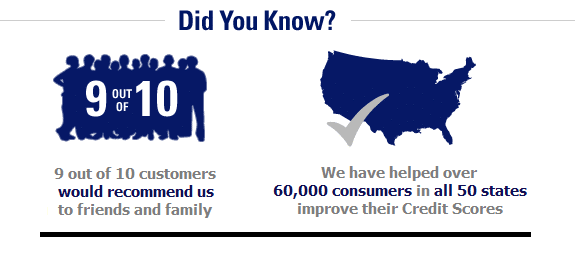What the interest rate increase means to you
If you’re planning on buying a house, a car, or using your credit cards, you may find that over the course of the last year, borrowing got a lot more expensive.
According to Bankrate.com, the average interest rate for a 30-year mortgage is up from 2.98% (June 2021) to 6.01% (June 2022). But, what does that mean to you?
2021
A 600,000 mortgage at 2.98% for 30 years comes out to a monthly payment of $2,523.16 a month.
2022
A 600,000 mortgage at 6.01% for 30 years comes out to a monthly payment of $3,601.16 a month.
That’s a difference of $1,078 a month.
Extrapolated over the course of the entire loan (30 years), the person with the 2.98% interest rate ends up paying $908,336.49 for the home, and the person with the 6.01% interest rate ends up paying $1,296,418.17.
That’s a difference of $388,081.68
And that’s if you have great credit!
When interest rates are high, it’s more expensive to borrow money, and that goes for everything from credit cards to auto loans to mortgages. Personal loans, business loans, debt consolidation loans, home equity lines of credit, etc… are all increasing.
And with inflation climbing, interest rates are still going up. Don’t be surprised if mortgage rates are over 7 by the end of the year and close to 8 in 2023.
If you’re planning on making a large purchase, like a home, make sure that your credit scores are as high as possible, get your mortgage as soon as possible, and lock in your rate before it goes up any higher.












